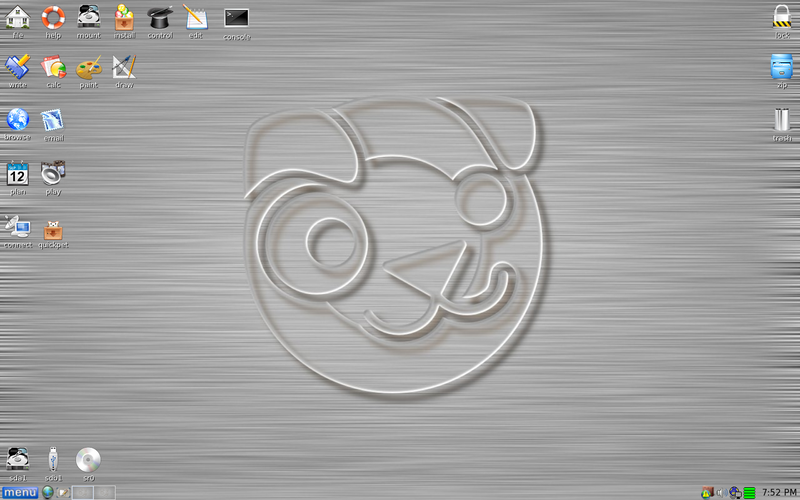Give this a try when you find a installation disk:
The most common cause is the
executing PnP (Plug and Play) and ACPI routines issue.
To fix the issue, we need to access the computer from
Recovery Console.
If you do have your Windows CD1. To start the Recovery Console directly from the Windows XP CD you would do the following:
- Insert the Windows XP cd in your computer.
- Restart your computer so you are booting off of the CD.
- When the Welcome to Setup screen appears, press the R button on your keyboard to start the Recovery Console.
- The Recovery Console will start and ask you which Windows installation you would like to log on to. If you have multiple Windows installations, it will list each one, and you would enter the number associated with the installation you would like to work on and press enter. If you have just one Windows installation, type 1 and press enter.
- It will then prompt you for the Administrator's password. If there is no password, simply press enter. Otherwise type in the password and then press enter.
- If you entered the correct password you will now be presented with a C:\Windows> prompt and you can start using the Recovery Console.
2. Type
map and press enter.
It will give you the drive letters.
Note down the letter of you CD-ROM.
If it is a letter other than
E you should replace the letter
E with your CD drive letter when applying the expand command later on if the command is needed to be applied.
Type following commmands, pressing
Enter after each one.
- ren c:\windows\system32\drivers\atapi.sys atapi.old
(It will returns to the prompt again without notification) - copy c:\windows\servicepackfiles\i386\atapi.sys c:\windows\system32\drivers
(If you get a notification "1 file(s) copied" you don't need to do the next expand command and go to exit command. But if you get notification that the file doesn't exist proceed with expand command) - expand e:\I386\atapi.sy_ c:\windows\system32\drivers
(You should be notified that the file expanded) - exit
You may remove the CD or let Windows boot normally.
If you don't have your Windows CDPlease download ARCDC from
Artellos.com.
- Double click ARCDC.exe
- Follow the dialog until you see 6 options. Please pick: Windows Professional SP2 & SP3
- You will be prompted with a Terms of Use by Microsoft, please accept.
- You will see a few dos screens flash by, this is normal.
- Next you will be able to choose to add extra files. Select the Default Files.
- The last window will allow you to burn the disk using BurnCDCC
Then, follow instructions from
Step #1 above
















 Sign In
Sign In Create Account
Create Account

